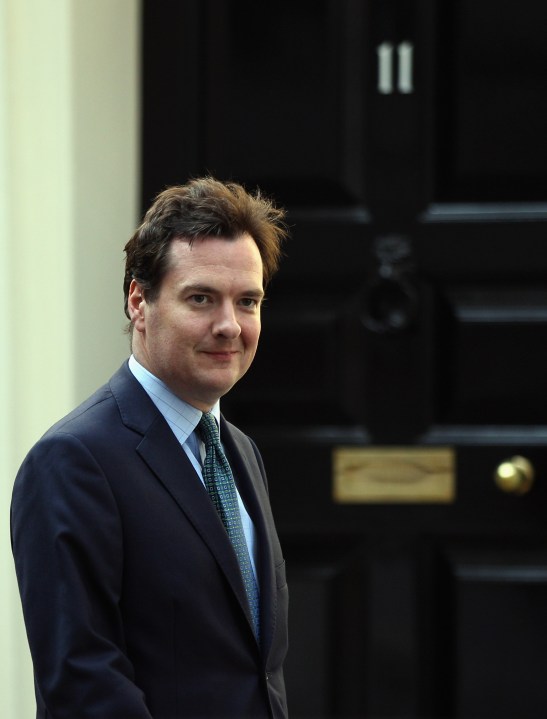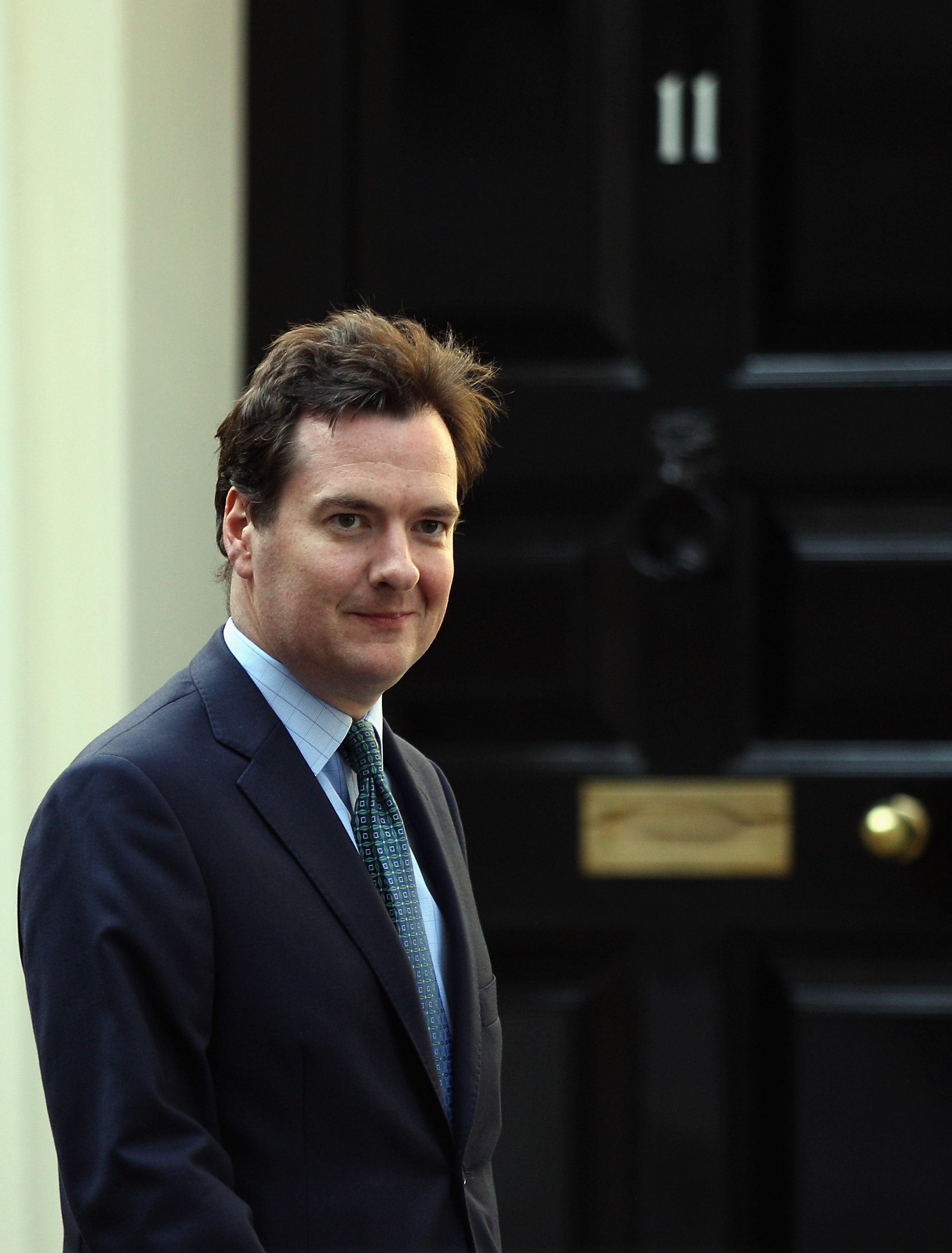 When Sir Alan Budd was head of the Office for Budget Responsibility, there was an
insistent argument in opposition circles that the independent body was biased in favour of the coalition. Much of this cented around the OBR’s growth predictions. How on Earth, came the question,
can growth hit 2.3 percent next year and 2.8 percent the year after? Isn’t that a bit optimistic in view of all the warnings about a double dip? Won’t the cuts stifle growth? And so on and so on.
When Sir Alan Budd was head of the Office for Budget Responsibility, there was an
insistent argument in opposition circles that the independent body was biased in favour of the coalition. Much of this cented around the OBR’s growth predictions. How on Earth, came the question,
can growth hit 2.3 percent next year and 2.8 percent the year after? Isn’t that a bit optimistic in view of all the warnings about a double dip? Won’t the cuts stifle growth? And so on and so on.
A few months ago, I produced a graph which showed that, when compared to a range of independent forecasts, the OBR’s growth predictions weren’t really optimistic at all. But there was a caveat that I ‘fessed up to at the time: the independent growth forecasts I used (usefully collated by the Treasury here) were made before George Osborne’s Budget. So, in theory, all those forecasts could be wildly downgraded after the coalition’s cuts were confirmed – leaving the OBR’s own predictions looking, yep, too optimistic by contrast.
With this in mind, I thought I’d take a quick stroll through the latest independent forecasts this evening, now that the cuts have registered on the landscape. And this is what I came up with:

I’ll let you make your own minds up, although to my eyes that looks like the OBR’s forecasts remain on the optimistic side of the independent average – but acceptably so. A small, wonkish detail, perhaps. But given that the OBR’s entire reputation is founded on its indepedence from the Treasury, I think it’s one that matters.
In truth, the cries of “Bias!” are less likely to crop up now that Robert Chote is in charge of the operation. He’s someone that almost everyone across the political spectrum seems to respect and admire. But the story shouldn’t be one of before-Chote and after-Chote: the OBR has been doing solid work since it was established in May. Let’s leave it to its job for a few more weeks, and tune in again after the spending review.







Comments